Urmia; Historic UNESCO-registered Iranian city

The city of Urmia is located within 20 km of Urmia Lake in the middle of the Urmia plain at an altitude of 1332 meters above sea level in West Azarbaijan Province. The weather in Urmia is fairly hot in summer and cold in winter.
With more than three thousand years of history, this city is the oldest city in the northwestern region of Iran, registered as the 19th historical city of Iran by UNESCO.
The city has the first modern hospital formation and is known as the first medical training center, the first modern school, the first local television network, the first local magazine in Iran, and the capital of the volleyball of Iran.
Urmia is one of the cities that many different ethnicities reside in and is known as the city of ethnicities and religions. In addition to the Azaris who make up the majority of the residents of Urmia, Kurds, Assyrians, and Armenians also live in this city.
Famous Iranian figures born in West Azarbaijan province
Martyr Mahdi Bakeri

The Bakeri family had four sons: Ali, Reza, Mahdi, and Hamid. Each of them was the hero of many stories. Ali Bakeri, the eldest son of the family, started his struggle against oppression and injustice during the Pahlavi regime in Iran. He was executed by the regime for his revolutionary activities and sacrificed his life for the sake of human goals. The second son followed in the footsteps of his older brother and was sentenced to life imprisonment in the prisons of the Pahlavi regime.
Greatly affected by the martyrdom of his older brother, Mahdi was accepted into the University of Tabriz in Mechanical Engineering. While studying at the university, he began his revolutionary activities against the Pahlavi regime. He brought his younger brother to accompany him in these activities.
A few years later, the Islamic Revolution of 1979 took place in Iran and the system of the Islamic Republic was established. Mahdi was given various administrative responsibilities one after another. For a short time, he was the prosecutor in Urmia. In this position, he was careful to make sure that only the law was enforced and at the same time good moral behavior was observed so that no one would be harmed by mistake.
On March 16, 1985, Mahdi was martyred at the age of 30 as a result of the direct fire of Saddam’s forces. His body was never found.
Jaleh Amouzgar
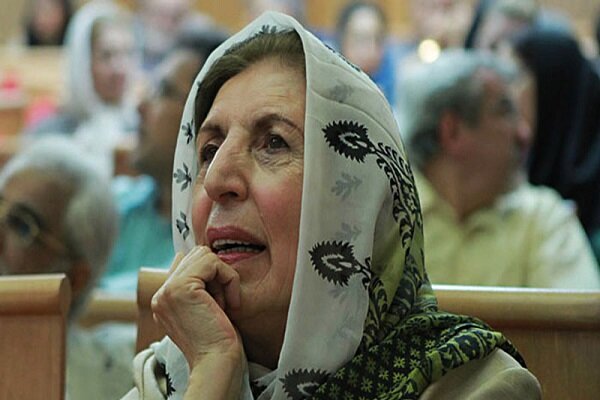
Born on 4 December 1939 in Khoy, West Azarbaijan, Jaleh Amouzgar is an Iranologist and a university professor. Amouzgar holds a Ph.D. from Sorbonne University in Iranistics (Iranian linguistics).
She has won numerous awards including Chevalier of the Legion of Honor and the Persian Cypress Award (an Iranian Cultural Heritage Prize) in 2016.
Saeid Marouf, Milad Ebadipour
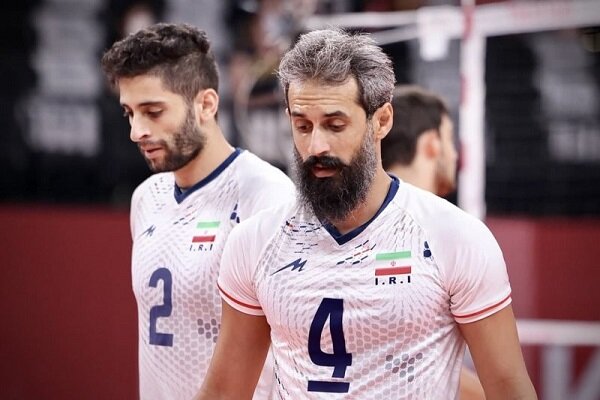
Born in Urmia, Saeid Marouf and Milad Ebadipour are the two famous volleyball players who have played for Iran’s national volleyball team.
Mir Saeid Marouf Lakerani is an Iranian volleyball setter. He was the captain of the Iranian national team. He was named best setter at the 2014 World League and 2008, 2012, and 2016 Olympic qualifying tournaments, as well as the most valuable player at the 2013 Asian Championship.
Milad Ebadipour Gharahassanlou is an Iranian professional volleyball player who represented his country in 2 Olympic Games. At the professional club level, he played for Allianz Milano.
Urmia Flowers Festival
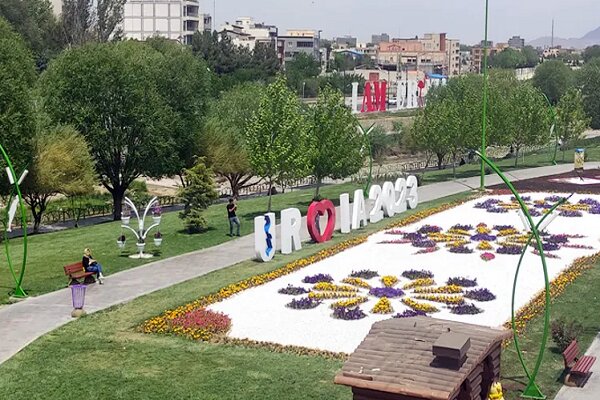
The flower festival is held in Urmia every year in spring. This year’s event was held in Guller Baghi Prark in Urmia.
The festival creates a happy and energetic atmosphere for the local residents of the city, as well as the tourists.
Urmia traditional dishes and sweets
From east to west and north to south, despite sharing some basic similarities, every region, every city and every province of Iran has something unique to offer.
One of the delicious souvenirs of Urmia is its famous sweets. Urmia sweets have different shapes and flavors. The city also has its own delicious traditional dishes.
Noghl
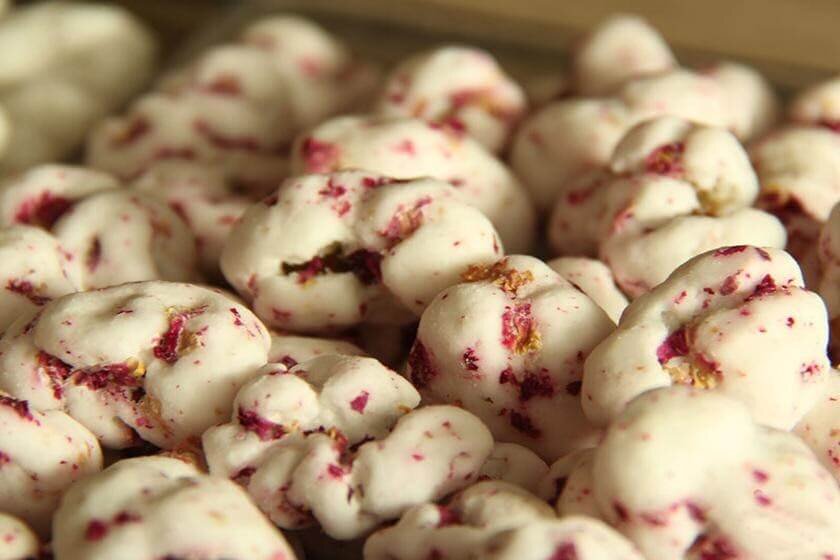
Noghl is a kind of sweet usually eaten with tea. The city of Urmia in the northwest of Iran is known for producing all kinds of noghl. This sweet dessert usually has walnuts, almonds, or pistachios in it.
Dushab (grape syrup halva)

Halva is a type of confectionery originating from Iran and widely spread throughout the Middle East and India. The name is used for a broad variety of recipes, generally a thick paste made from flour, butter, liquid oil, saffron, rosewater, milk, cocoa powder, and sweetened with sugar.
The main ingredient of this halva is grape syrup. Rose water, cardamom, and saffron make this sweet fragrant. This halva is usually decorated with almond, pistachio, and coconut slices.
Halvay-e Nesar
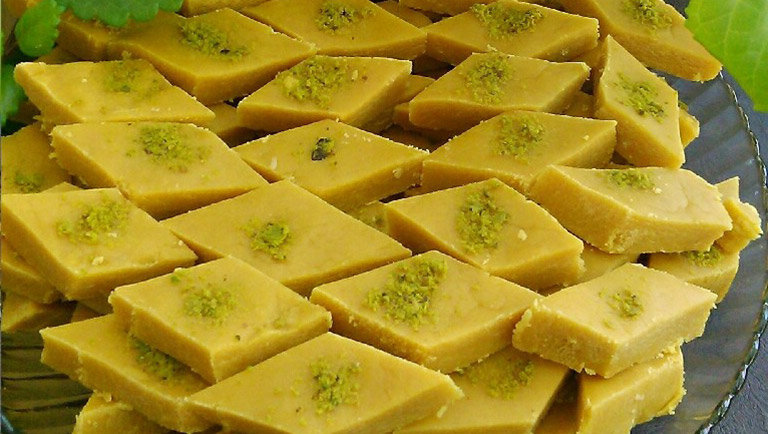
This sweet is a delicious halva that is decorated with pistachio or almond slices. This halva comes in the shape of a rhombus, circular or rectangular.
Ingredients of this halva include saffron, rose water, sugar powder, flour, butter, water, and almonds or pistachio slices.
Urmia Stew

Urmia stew is one of the traditional stews of Urmia. This delicious stew is very similar in appearance to chiti beans. In West Azarbaijan, the stew of Urmia is one of the most famous and popular local dishes. This stew is served with saffron pilaf.
Artichoke Stew (Khoresht Kangar)
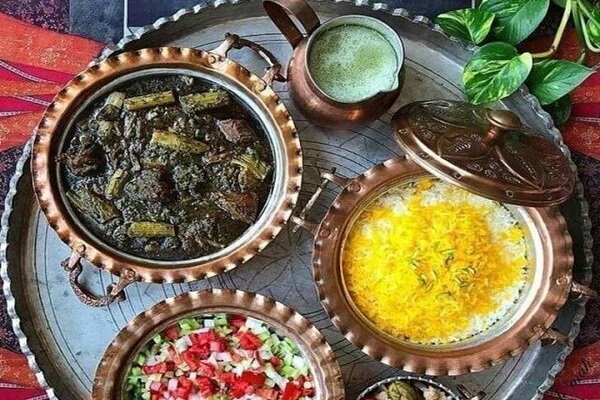
Khoresht-e kangar is a traditional stew originating from Iran. The stew is usually made with a combination of acanthus (the tender white part of the plant’s stalks), onions, tomato paste, saffron, lime juice, turmeric, oil, salt, pepper, and meat such as beef, veal, lamb, or chicken.
Urmia’s tourist attractions
Urmia is known for its popular attractions. Although Urmia Lake is one of the most famous and eye-catching attractions both nationwide and worldwide, the city also has several historical and other natural attractions as well. The best season to visit this historical city is summer.
Lake Urmia
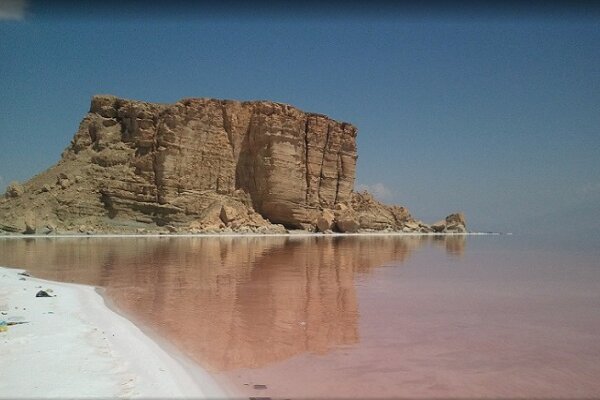
Lake Urmia is an endorheic salt lake in Iran. The lake is located between the provinces of East Azarbaijan and West Azarbaijan in Iran, and west of the southern portion of the Caspian Sea.
For a long time, the phenomenon of drought has led to the drying up and dehydration of large parts of Lake Urmia. The views from the wrecked docks and the ships and boats left on land are evidence of this deplorable environmental situation. These landscapes have been created by the decline and regression of the lake water.
Marmisho Lake
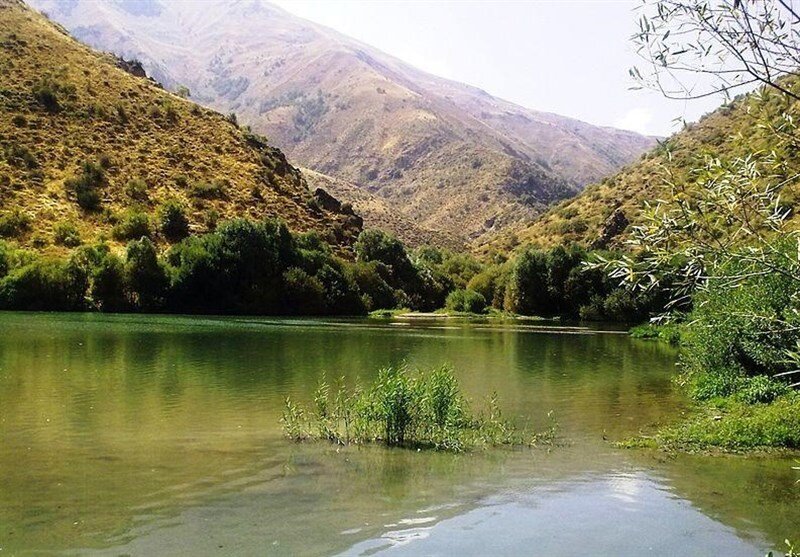
Marmisho Lake is located in North West of Iran and is known as a lost paradise where everyone is amazed by staggeringly beautiful landscapes including the stunning Lake in the heart of Marmisho Mountain.
This lost paradise is surrounded by charming and eye-catching nature and it is home to many animal and plant species. Marmisho Lake is located 45 km to the west of Urmia and on the borderline of Iran and Turkey. The road to the lake is situated in a beautiful valley which owns a spectacular mountainous view.
Church of Saint Mary (Naneh Maryam)

St. Mary Church is an ancient Assyrian church located in the city of Urmia. It is considered by some historians to be the second oldest church in Christendom after the Church of the Nativity in Bethlehem in the West Bank.
The current old building of the church belongs to the Sasanian era and its interior design is a combination of Sasanian and Arsacid architecture.
Three Domes (Se Gonbad Tomb Tower)
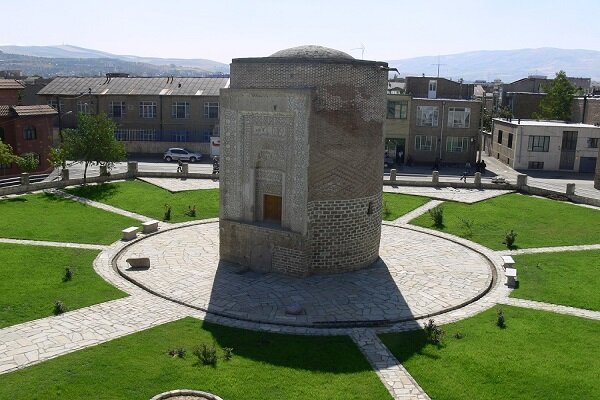
Se Gonbad is a historical structure located in the town of Urmia. The monument has three inscriptions in the Kufic script placed on the entrance door.
The historical site is a remnant of the Seljuk period.
Some historians believe that the building of Three Domes was built instead of a fire temple from the Sassanid era. Also, they have no credible documents as to the authenticity of their claims. Therefore, it may be possible to consider the tomb or brick tower of three domes belonging to the 6th/10th century.
Ansari Historic Home
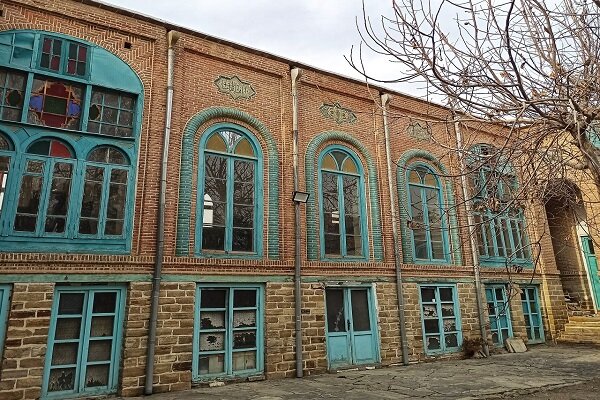
Ansari House is among the old houses of Urmia that belongs to the late Qajar Period according to the shape of the building and cornices available in the tileworks of the house.
Materials used in its construction are stone, brick, adobe, clay wall, wooden rooftop, plaster, and plank.
Urmia Grand Bazaar
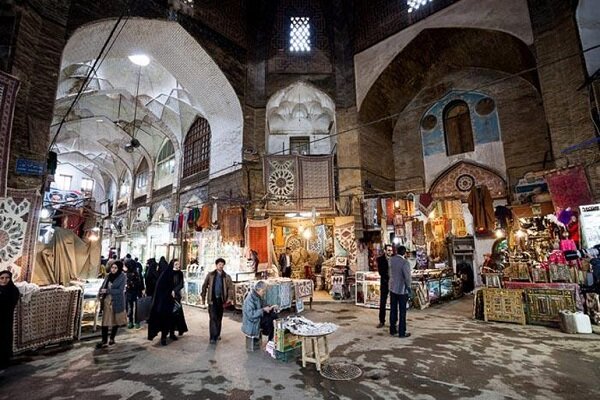
The historical bazaar of Urmia is one of the rare monuments remaining from the Safavid dynasty. It has saved its lively environment and functionality.
The simple architecture is its significant property while it has various types of arches and domes. The ancient bathhouse of the bazaar dates back to the Qajar and Zand periods.
Urmia Museum
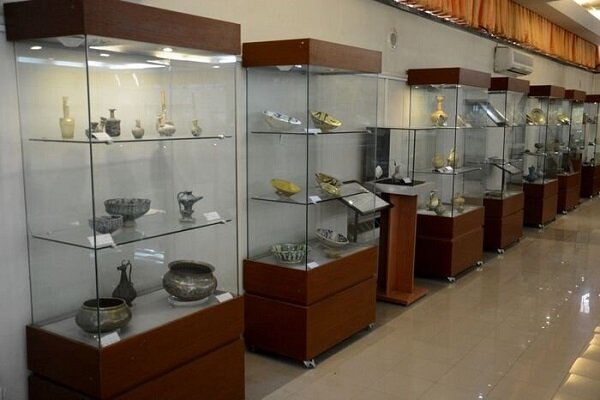
One of the largest troves of historical treasures, Urmia Museum opened in 1967 to house artifacts from various historical eras. The museum displays over 26 thousand ancient artifacts from the 7th millennium BC to the Qajar era (1785-1925).
The museum has dedicated a hall to items with anthropological significance and also showcases handwritten Qurans, religious manuscripts as well as the handicrafts and traditional arts of the city.
Compiled by Mohaddeseh Pakravan
source: en.mehrnews.com





